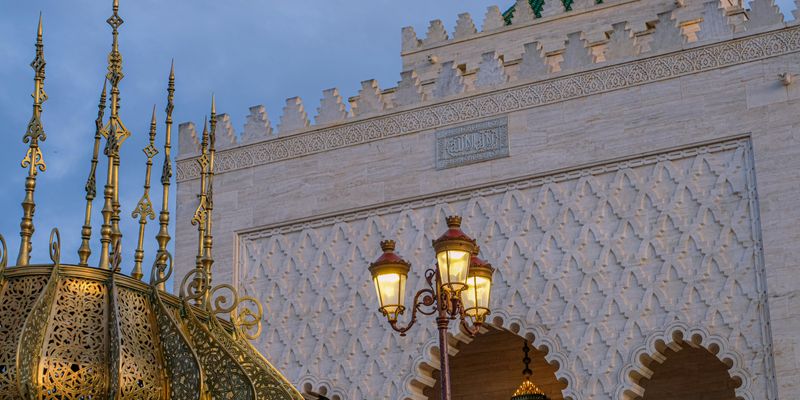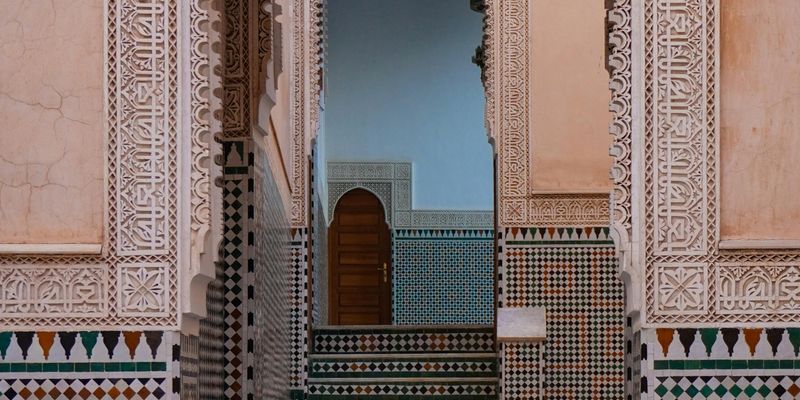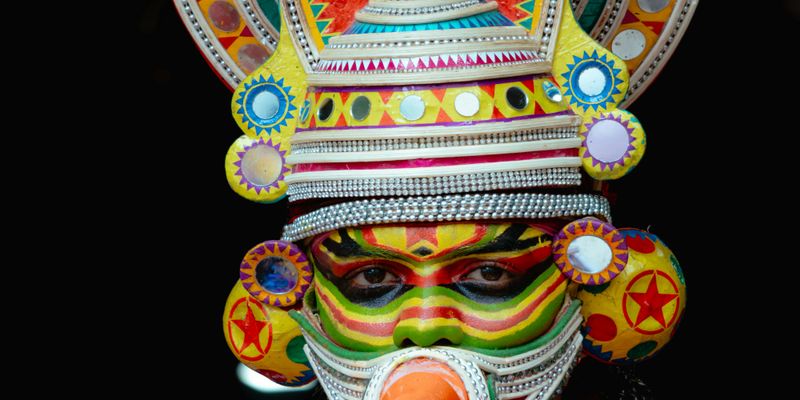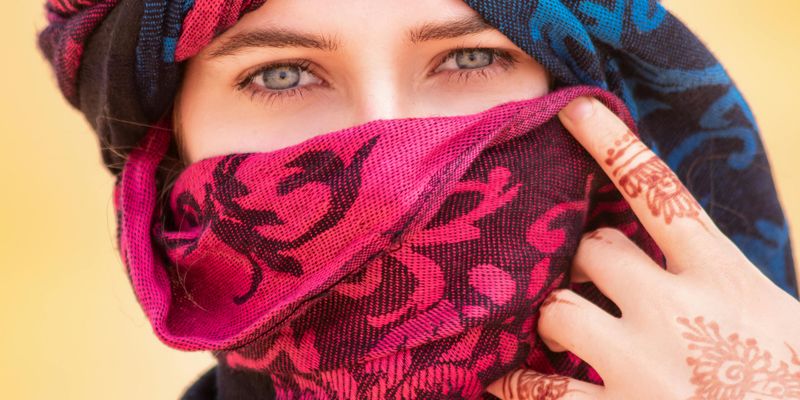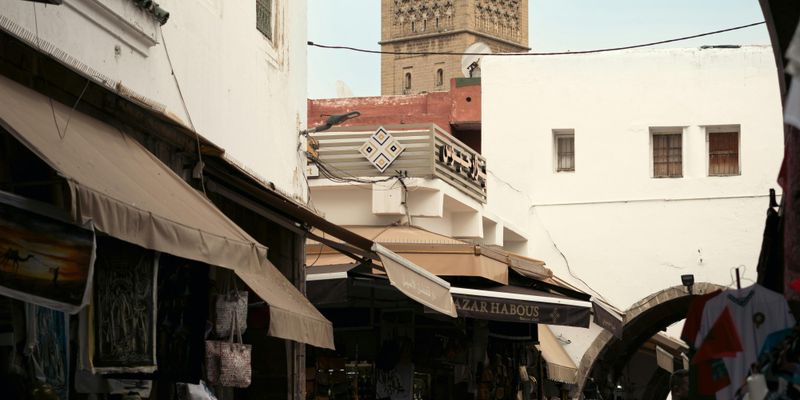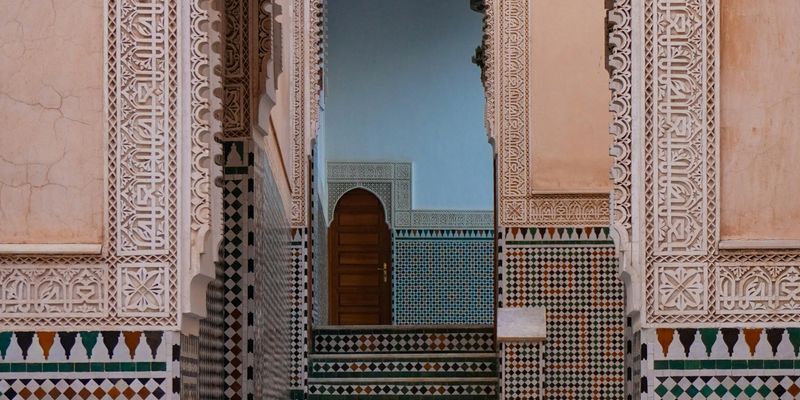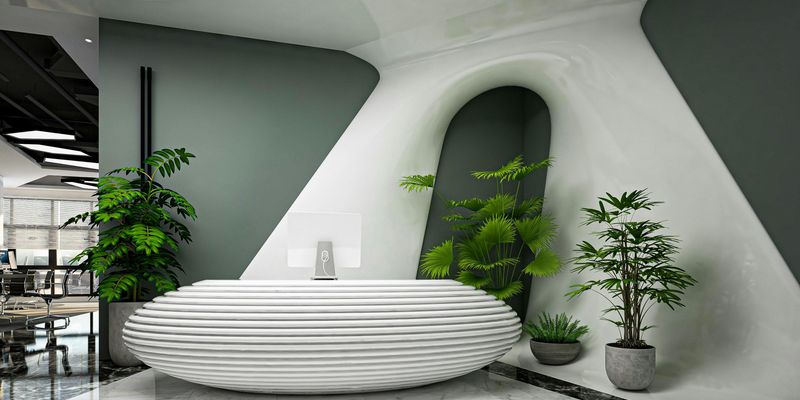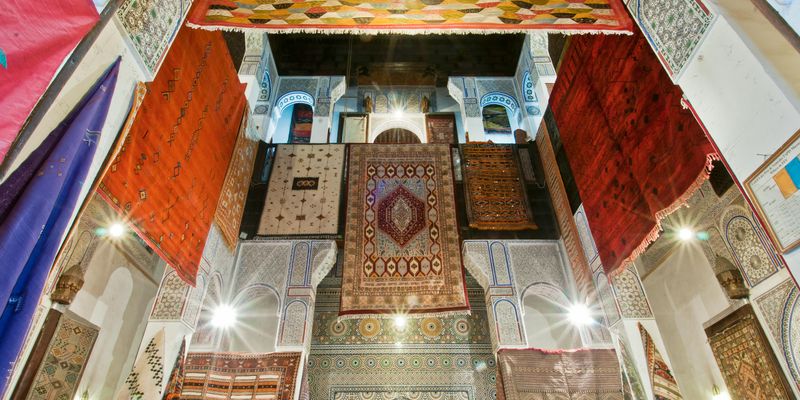
Why Moroccan Berber Rugs are More Than Just Home Decor
Welcome to another enchanting journey into the heart of Morocco, where every thread and color tells a story. Today, I want to share with you one of my absolute favorites—from the bustling medinas of Marrakech to the peaceful Berber villages in the Atlas Mountains: the exquisite Berber rugs.
The Artistry Behind Berber Rugs
Made by the indigenous Berber people, these beautiful rugs are a testament to centuries of craftsmanship and culture. The Berbers, or "Amazigh" as they call themselves, have been weaving rugs for generations, using techniques passed down through family lines. Each rug is unique, bearing the distinctive mark of its creator and signaling their family’s history and personal identity.
What I find extraordinary is that these rugs are not simply decorative; they serve functional purposes in Berber homes, where they keep warmth in the winter and coolness in the summer. They are a symbol of protection and heritage, woven with intricate designs often influenced by nature, folklore, and daily life.
Colors, Patterns, and Their Meanings
As you wander through markets, you’ll notice an array of colors—fiery reds, deep blues, and earthy browns. Each color carries significance: red might symbolize courage, while blue often represents peace. Patterns can also tell a story, from geometric shapes symbolizing fertility to spirals representing the path of life.
One pattern that always catches my eye is the "boucherouite", a recycled rug made from old fabric scraps. It's more than just a rug; it represents innovation, resourcefulness, and the vibrant cultural tapestry of Morocco. The boucherouite methods reflect a growing trend in sustainable fashion, and I find it especially charming.
Handcrafted with Love
Every Berber rug is handwoven, often by women who gather together in groups to share stories, laughter, and their artistic visions. I had the pleasure of visiting a workshop near the town of Agadir, where I witnessed this age-old tradition firsthand. The women were friendly and welcoming, weaving their rugs while singing traditional songs. It was a celebration of womanhood, creativity, and community.
Beyond the beauty of the rugs themselves, what struck me was the pride in their work. Purchasing a Berber rug is not merely a transaction; it is about supporting these artisans and their communities. When you bring a rug into your home, you also invite a piece of Moroccan heritage and artistry into your life.
Where to Find Berber Rugs
If you’re planning a trip to Morocco, visiting the souks is a must. In Marrakech, the famous Medina is alive with color, and you can find countless shops selling these treasures. But make sure to provide ample time to explore! Each shop displays a unique selection, and I recommend striking up conversations with the shop owners. They often share fascinating stories about their craft and the history behind the pieces.
And don’t be afraid to haggle—it’s part of the experience! Remember, it’s not just about the price; it’s about the connection you build with the seller and the story you take home.
Bringing a Piece of Morocco Home
Investing in a Berber rug means bringing a piece of Morocco into your space. It’s a conversation starter, a work of art, and a link to a rich history. Whether you place it in your living room, study, or even your bedroom, it adds a warm, cultural element that is truly inspired.
I encourage you to explore these incredible pieces not just as decor but as a bridge between cultures. Every rug tells a story, and by choosing one, you become a part of that narrative.
So, whether you are an avid traveler or simply someone who appreciates art, the magic of Berber rugs is something you won’t want to miss. They are, after all, more than just home decor—they are a vibrant part of Morocco's cultural identity.
